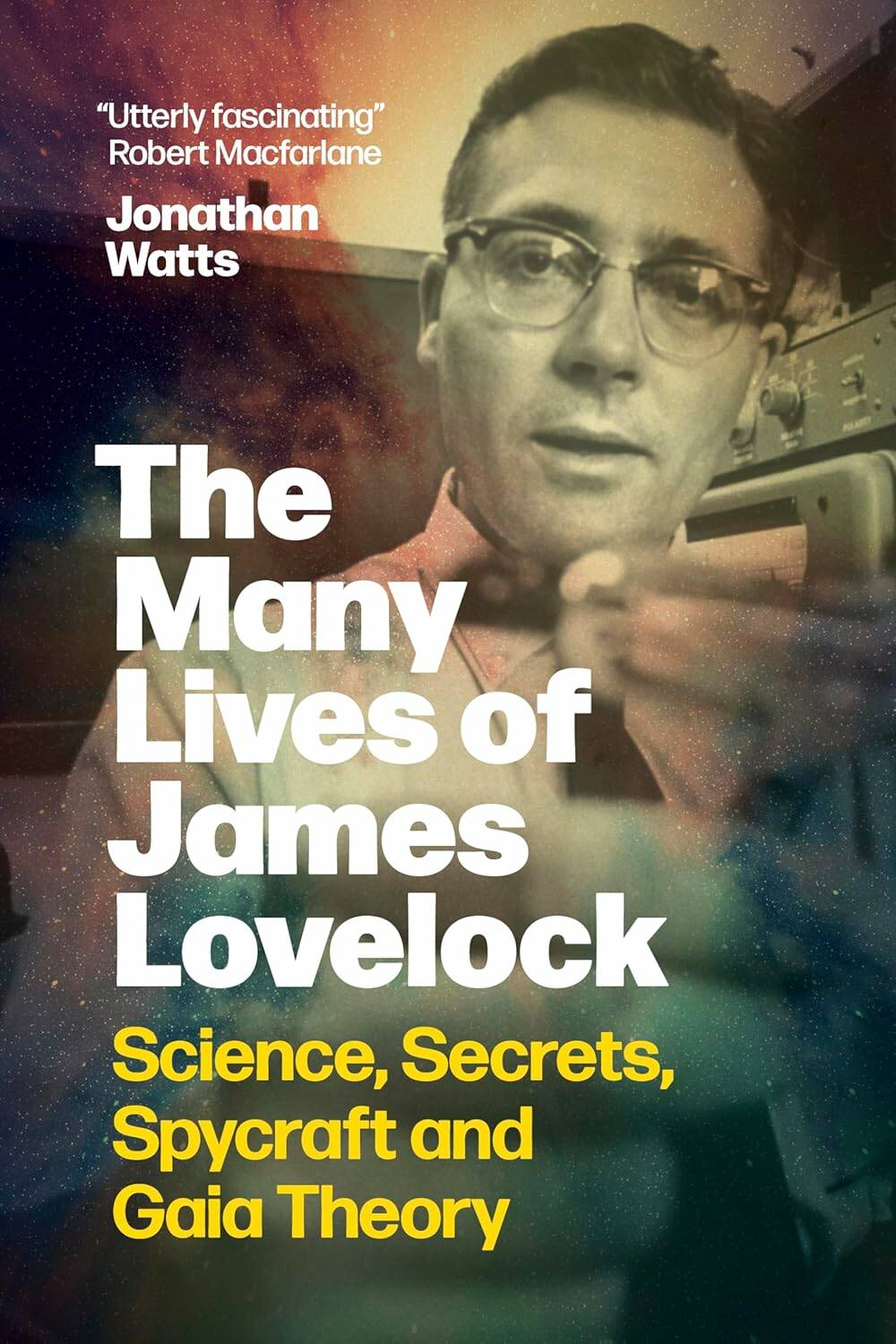Pioneering scientist’s climate legacy tainted
Advertisement
Read this article for free:
or
Already have an account? Log in here »
To continue reading, please subscribe:
Monthly Digital Subscription
$1 per week for 24 weeks*
- Enjoy unlimited reading on winnipegfreepress.com
- Read the E-Edition, our digital replica newspaper
- Access News Break, our award-winning app
- Play interactive puzzles
*Billed as $4.00 plus GST every four weeks. After 24 weeks, price increases to the regular rate of $19.00 plus GST every four weeks. Offer available to new and qualified returning subscribers only. Cancel any time.
Monthly Digital Subscription
$4.75/week*
- Enjoy unlimited reading on winnipegfreepress.com
- Read the E-Edition, our digital replica newspaper
- Access News Break, our award-winning app
- Play interactive puzzles
*Billed as $19 plus GST every four weeks. Cancel any time.
To continue reading, please subscribe:
Add Winnipeg Free Press access to your Brandon Sun subscription for only
$1 for the first 4 weeks*
*$1 will be added to your next bill. After your 4 weeks access is complete your rate will increase by $0.00 a X percent off the regular rate.
Read unlimited articles for free today:
or
Already have an account? Log in here »
The evidence is overwhelming: global warming is real, rapid and human-induced.
Only the occupier of the White House and his sycophant appointees remain in denial of what the guy who’s the subject of this book forecast.
James Lovelock is best known in climatological circles as the father of Gaia — the theory that life on Earth and its biological systems functions as a single, self-regulating entity.

The Many Lives of James Lovelock
Named after a Greek goddess, it holds that our home planet is a living organism and that human activity can’t be divorced from the interplay of life in all its forms — including, and especially, Earth’s atmosphere.
In author Jonathan Watts’ summing up, his pioneering idea helped reveal “the steady build-up across the world of petrochemical pollutants, chlorofluorocarbons (CFCs) and other man-made chemicals that posed a threat to life and the stability of the climate.”
The British-born Lovelock, who died in 2022 at age 103, just as Watts was putting finishing touches on research for this book, was both a theorist and hands-on inventor.
His best-known invention is the electron capture detector (usually known by its acronym ECD) for gas chromatography. The device detected CFCs in the Earth’s upper atmosphere that were creating the metaphorical “ozone hole” that allows harmful UV radiation to reach the Earth’s surface.
CFCs were once used in refrigerants and aerosols. Their depletion of the protective ozone layer posed human health risks, principally skin cancer. Largely due to Lovelock’s ECD evidence, by international agreement they were banned in 1987.
Watts is a British journalist who’s currently global environment editor for the Guardian and is the author of 2010’s When a Billion Chinese Jump: How China Will Save the World — or Destroy It.
He calls this book “both a biography and anti-biography.” Labels aside, it’s first-rate.
Watts rebuts “the idea of a solitary genius” in his portrait. Chapters are crafted around “relationships that made up Lovelock’s life and shaped his thinking.” They’re even named after and revolve around his mother, his wives, his colleagues, his patrons and his intellectual nemeses.
Lovelock was an original. But he was also a bit of the classic mad scientist, working solo in his lab.
Britain’s prestigious Science Museum at one point planned to acquire his entire private laboratory — until it realized “there were too many hazards, including radiation, mercury, asbestos, Semtex and just about everything you could possibly imagine.”
Watts doesn’t come right out and say it, but his is a portrait of tainted legacy.
Lovelock was a bold and brilliant scientist. But at critical junctures he failed to defend the integrity of climate science.
Fossil-fuel corporations’ campaigns sowed seeds of doubt about global warming and lobbied politicians to defeat or stall climate-protection legislation, in spite of their being well aware of the climatological repercussions of their products. And, too often, Lovelock was their prestigious paid-for tool.
Sometimes Watts soft pedals Lovelock’s shilling for the petro-chemical industry. Sometimes he indicts him.
The equivocation is understandable. Lovelock’s alliance with fossil-fuel corporations was itself often equivocal and ever changing.
Watts ultimately becomes the chronicler and conscience of a scientific genius who was himself confused about his identity and loyalties.
This is the life story of a less-than-celebrity scientist and inventor. But don’t let its subject’s lack of public renown deter your picking it up.
This is one smart, provocative and engaging bio.
Douglas J. Johnston is a Winnipeg lawyer and writer. He first encountered the term Gaia on a tour of Biosphere 2 near Tucson, Ariz. in 2014. He recommends the tour to Canadians — if and when grown-ups again govern the United States.

